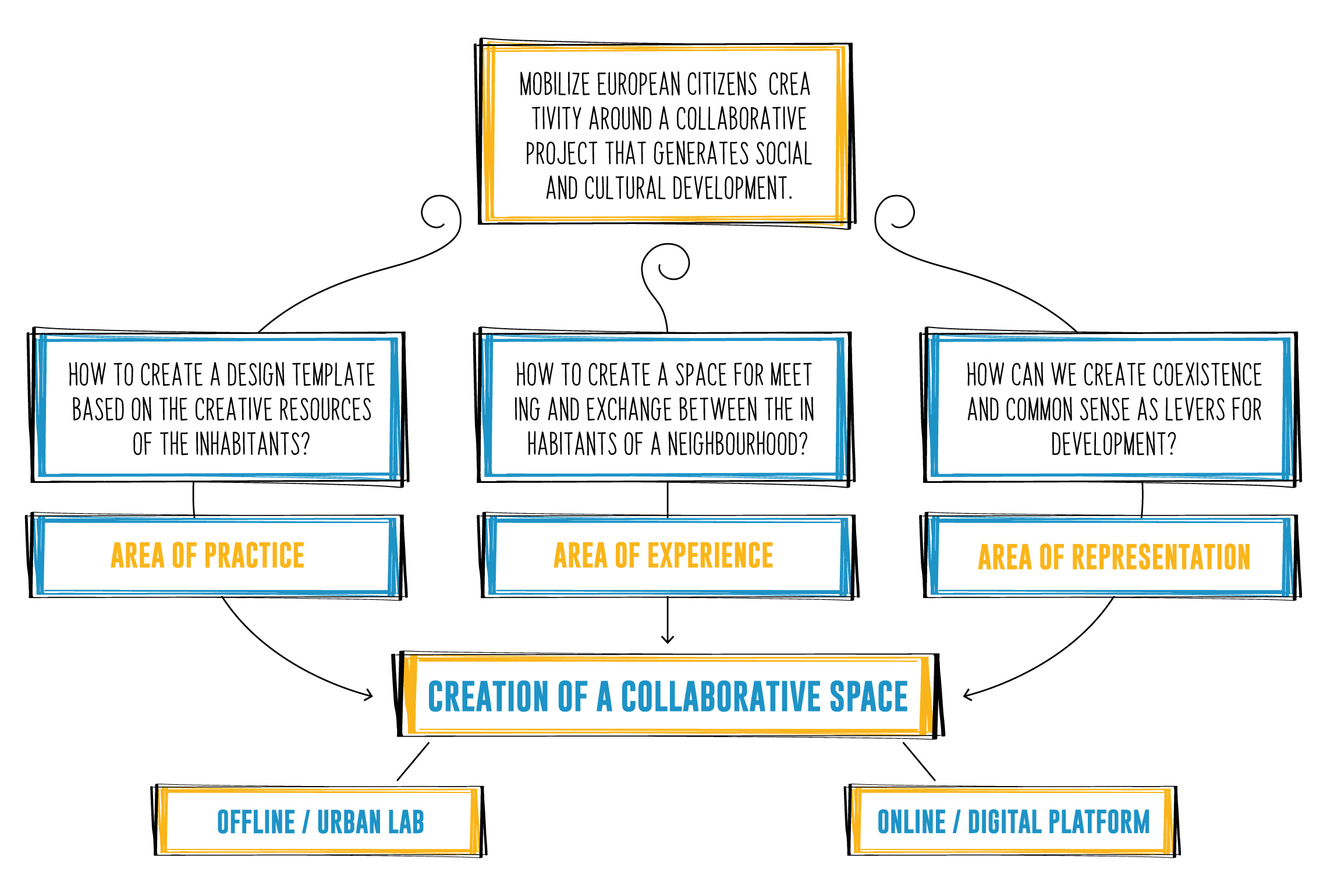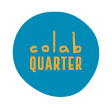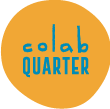Programme aims

Neighbourhood, Territory Of Life, Living Space, Experimentation Ground
Within or on the outskirts of cities, the neighbourhood appears to be the lowest common denominator. It is the stage of life, the lived space that everyone can represent, perceive and feel. The consideration of urban issues is mainly defined at the city level. However, it is more often than not a territory that cannot be effectively understood and embraced.
Within the neighbourhood, “being interacts with its territory”. Most of the time he travels on foot, walks, walks, surveys and experiences it. In this environment, the individual can naturally form a group (family, circle of acquaintances) or a community (sports enthusiasts, association, cultural or religious community, etc.).
“The district (…), organized by social forces that shaped the city and organized its development (…) is a form of organization of the space and time of the city. There would be the slightest difference between the multiple and diverse social spaces ordered by institutions and active centres. It would be the easiest point of contact between geometric space and social space, the point of passage from one to the other “. The district appears as a territory punctuated by spaces and places (inhabited spaces) on a human scale and at man’s height.
The neighbourhood is a product of the “frequency and above all the quality of the contacts it makes it possible to establish with other individuals halfway between the anonymity of urban crowds and the familiarity of friendly relations”.
The Collaborative Neighbourhood, A Combination Of Skills And Experience
The collaborative district is based on mobilizing the neighbourhood’s human resources: skills, career paths, experience and knowledge. These common goods can be shared and multiplied. They can also be integrated. They can then conjugate and enter into a collaborative relationship.
By a fusion phenomenon, such as a molecular (fusion of two molecules) or cellular (fusion of two cells) hybridization in science, the cultures of the inhabitants of the district can be combined. It is then a question of creating as many urban laboratories of local cooperation to co-construct and co-learn and thus gain access to the “possibility for a territory to evolve from the resources that can be mobilized. Talking about cultural resilience is tantamount to considering as a resource the cultural and sensitive dynamics of territorial apprehension, in particular those constructed on the basis of feelings, imaginary, aesthetic and even artistic feelings “. The aim of this experimentation project is therefore to build on the skills (skills) and experiences/knowledge/vécus (stories) of the inhabitants. The following diagram presents the approach we wish to experiment with.
Colab Quarter For The Creation Of A European Story
The European players in Collaborative Neighbourhoods all have skills that have been developed within a national framework. It is by evolving within this national framework that the professionals of culture have sought specific solutions, set up tools responding to the problems that presented themselves. Quartiers Collaboratifs, wishes to pool these competences to deal with problems in national territories. Through this process, we want to exchange practices, shift the glances, provoke encounters and by the same token, propose actions with a real added value due to the cross-fertilization of experiences.
It is by creating European pluridisplinary teams which will intervene in national territories that we will try to identify, or create, a European way of acting. We will analyse the ways in which we will work together and try to identify ways of working together. What will be our similarities, our differences, our complementarities? What will our ways of acting on our respective identities say and what will our common solutions say about our European identity?
Colab Program: Urban Lab + Digital Platform
Pragmatically, the aim is to implement a COLAB PROGRAM (collaborative laboratory programme). This programme consists of two complementary objectives:
–URBAN LAB: laboratory for concerted urban interventions. The skills, knowledge and experience of each European partner are put to good use. It is by crossing them that a hybrid culture will emerge which can lead to the mobilization of the inhabitants of the neighbourhoods concerned.
-DIGITAL PLATFORM: this digital platform is available on the Internet and testifies to experiments in the chosen fields. It is also a resource and sharing centre for the sharing of stories, narratives and information.

